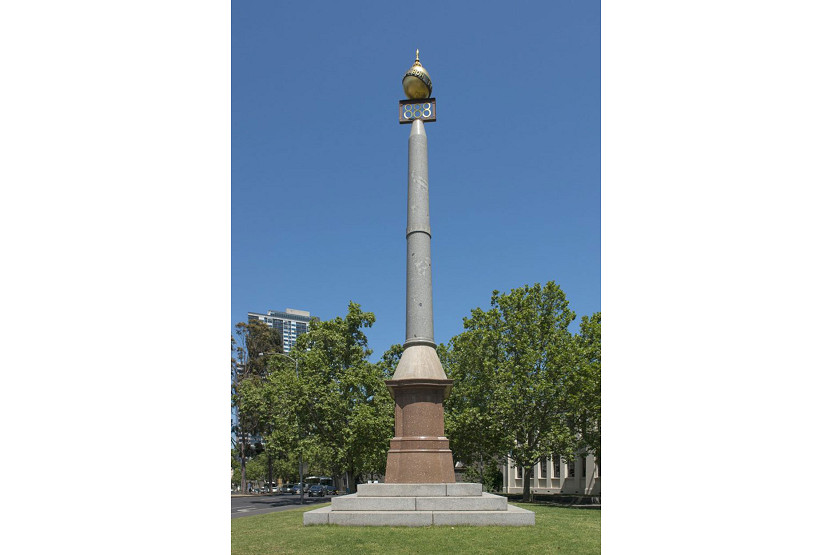Coffee Palace
As North Melbourne developed and expanded so did the number of pubs.
In the first decade of the 20th century there were 57 pubs, a tally which did not count those in West Melbourne.
The neighbourhood of North Melbourne, centred on Errol St, still retains a number of pubs, but in recent years they have been joined by a profusion of coffee shops and cafes.
In the 1880s there were two “Coffee Palaces” on Victoria St within a short walk of each other. Coffee Palaces were residential hotels where alcohol was not served. A number of them sprang up in Melbourne around this time due to the influence of the Temperance Movement that lobbied the state government to reduce the number of public houses as a means of reducing public drunkenness.
The 1888 Centennial Exhibition, held at Carlton’s Exhibition Building, attracted a great number of visitors and tradesmen to Melbourne from interstate and overseas. So, the two “Palaces” on Victoria St were attractive places for them to stay as they were within easy walking distance of the Carlton Gardens as well as being close to the city attractions.
The Oriental Coffee Palace, at 326 Victoria St, opened in 1888. It later changed its name to Gladstone House, possibly because a factory manufacturing Gladstone bags was situated in an adjacent stable.
Proximity to the Queen Victoria Market made it an excellent lodging place for market workers, many of them European immigrants, and shortage of accommodation after the Second World War meant that it was a magnet for many migrant families. This grand old building remained until it was demolished in 1997 to make way for the Polaris apartment building, much to the consternation of local residents who fought its demolition all the way to VCAT.
Ekman’s North and West Melbourne Coffee Palace, now the carpark on the corner of Roden and Victoria streets, also dates back to the 1880s. As you can see in the 1885 photograph of Ekman’s Draper’s store, the small coffee palace was situated next door. An article in the North Melbourne Advertiser in 1892 tells how it had been extensively extended and renovated. It had 30 bedrooms, and each bed had a spring mattress. There were separate sitting rooms for ladies and gentlemen, and a smoking room for the men. There was a reading room with a piano, and a basement billiard room (to ensure that it was cool) was lit at night by 26 burners. This was presumably open to the public as there was a second table for the use of residents. Lunch was available for the modest sum of one shilling, and the article boasted that it was “equal to anything in the city – indeed, as regards fresh vegetables and good bread it surpasses many places in Melbourne”. There were also spacious club rooms on the ground floor that were available for use by local societies and associations so that meetings did not have to be held in a hotel.
Fire precautions were provided by buckets of water on each landing. Unfortunately (or not?) these were not to hand when, in 1972, the derelict building that was due for destruction was destroyed by a mysterious fire, thus saving its owners the costs of demolition •

Jo Ryan unveils Ordered Chaos at Blender Studios






 Download the Latest Edition
Download the Latest Edition